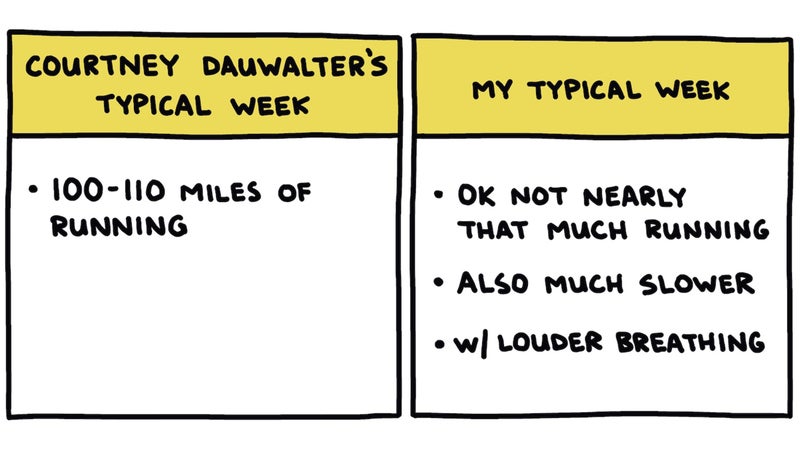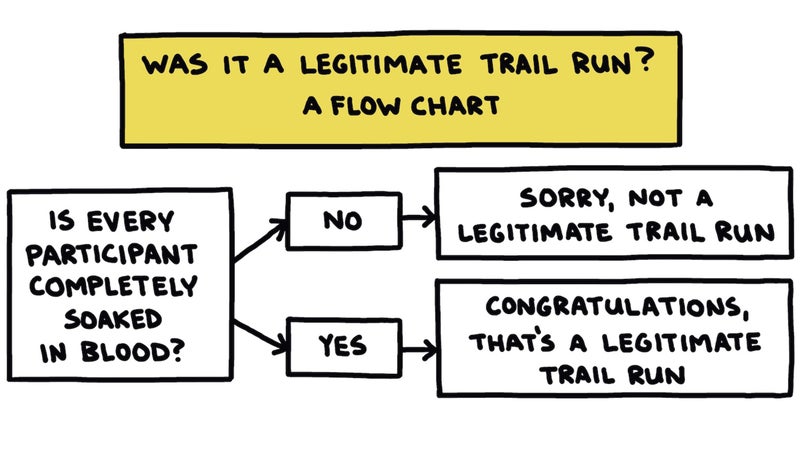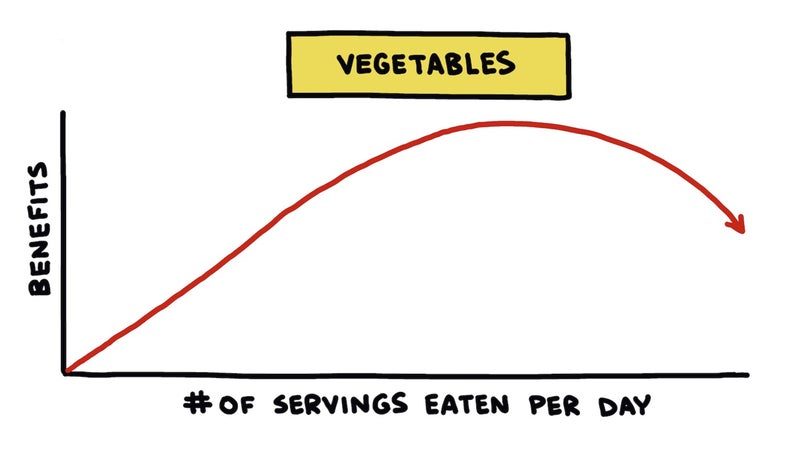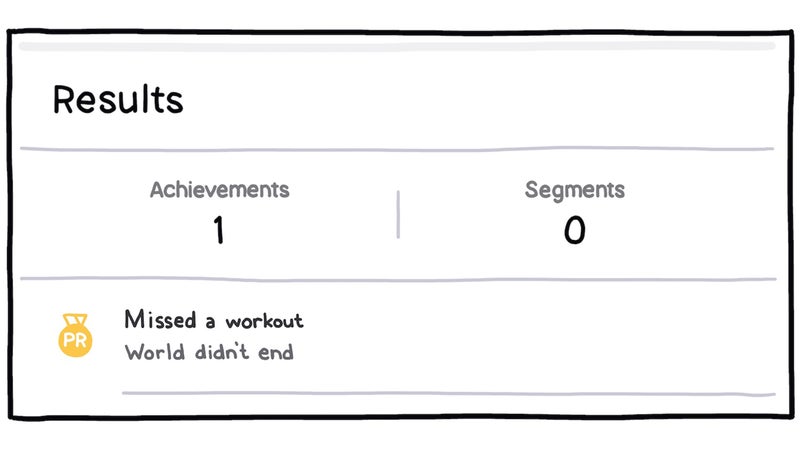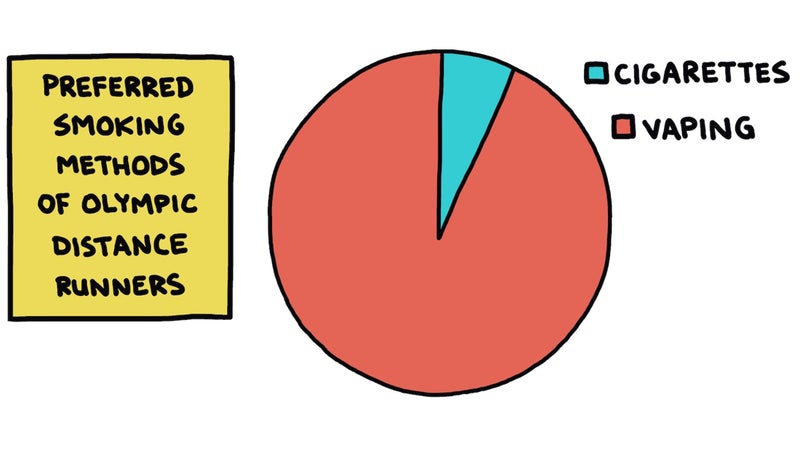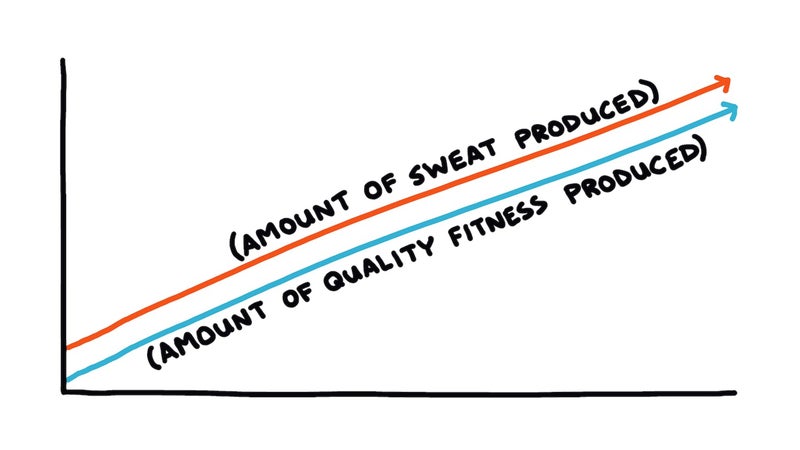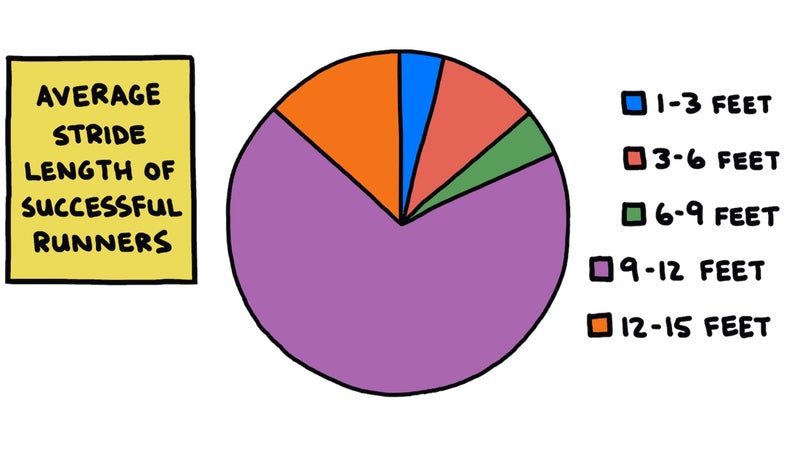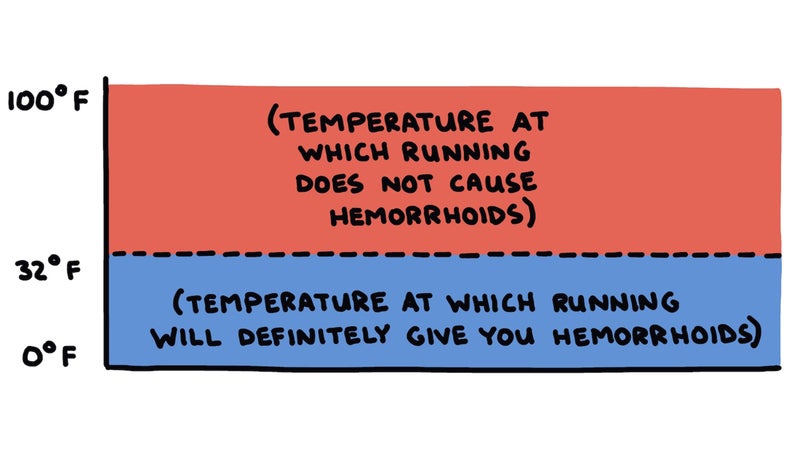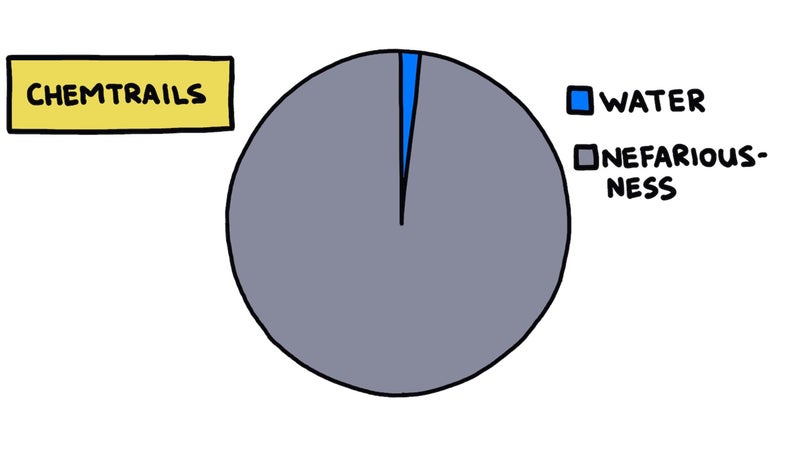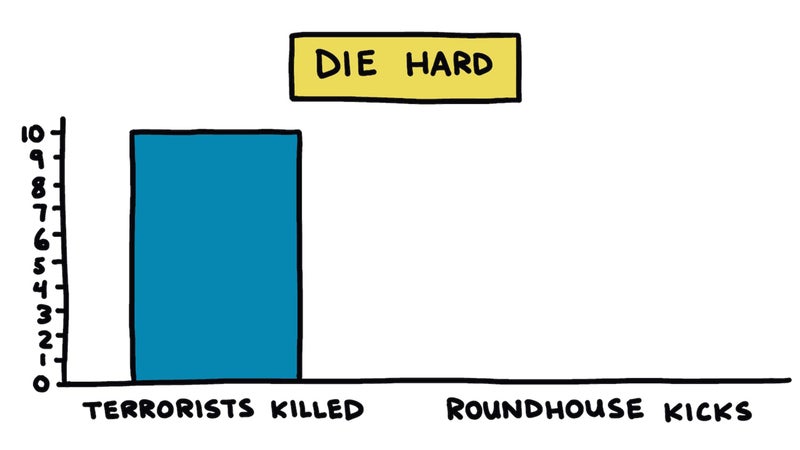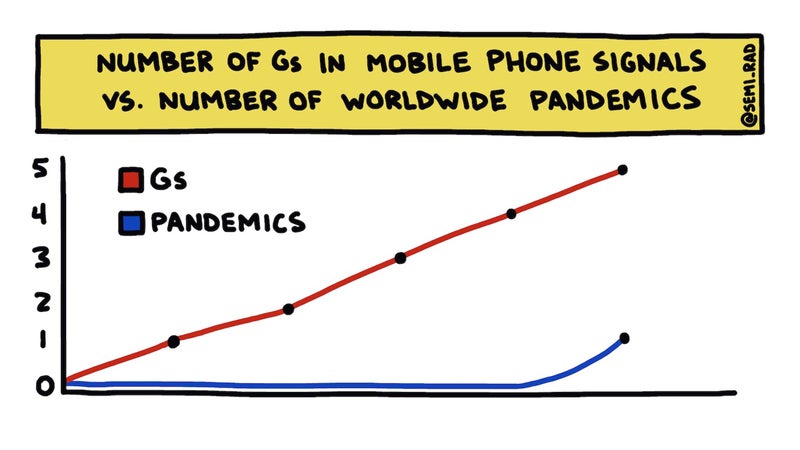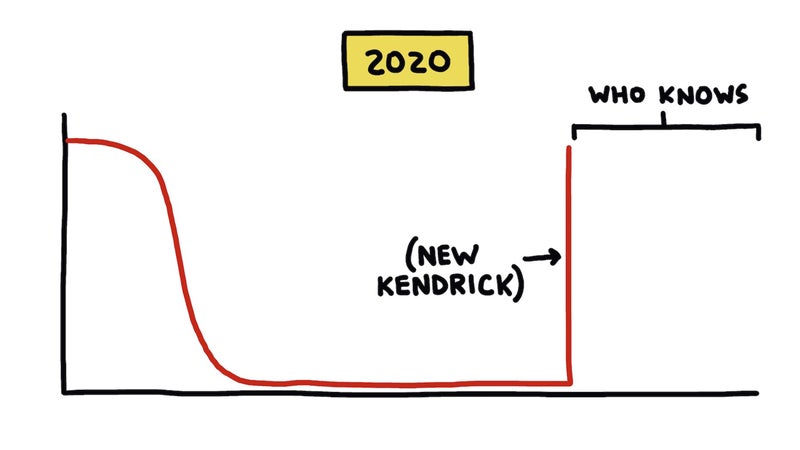17 Training Myths, Addressed by a Running Coach
Should all your training be hard? Do you need to stretch? We've got answers.
New perk: Easily find new routes and hidden gems, upcoming running events, and more near you. Your weekly Local Running Newsletter has everything you need to lace up! .
Ever wondered about something running related and looked for an answer on the internet? It can be very confusing: questionable advice, mansplaining, conspiracy theories, products that could either change your life or permanently maim you by accident, flimsy anecdotal evidence, amateur medical diagnoses, and other bullshit. It can all be hard to wade through. I wanted some real answers to some of the stuff I’ve seen, so I reached out to a successful running coach: David Roche, who, along with his wife Megan Roche, coaches runners through , coauthored the book , and hosts the . David was a good sport and provided some great insight.
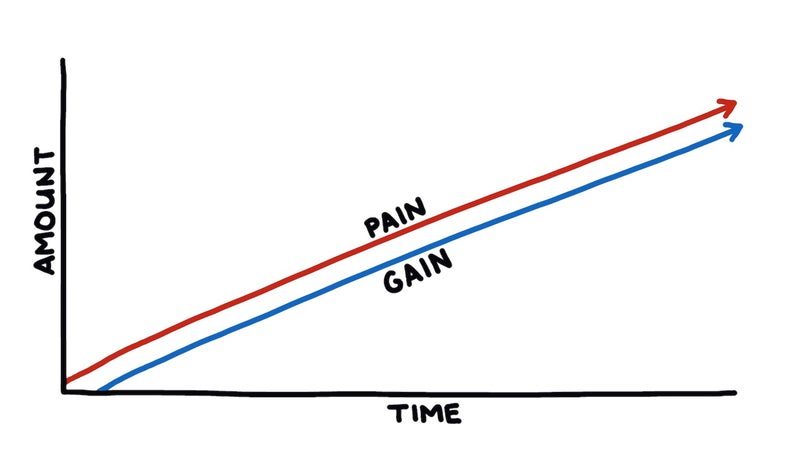
Myth #1: Training should be painful.
“The goal of running training is to make faster, more efficient movement take less energy with time. As an athlete’s running economy improves, most training should feel easy, and even workouts should only be harder in small doses, primarily involving super-compensation stimuli, like races and extra intense workouts every few weeks. An athlete that pushes to pain will aerobically regress, even with consistent training, as their base foundation erodes away. And that’s if they somehow manage to avoid the nasty outcomes of choosing to do something that is actively painful. Examples of such outcomes include stress fractures, overtraining syndrome, or waking up one morning and realizing that running sucks and should be reserved as punishment for our most violent criminals.”

Myth #2: If you want to run fast on race day, you have to run as fast as you can every day you train.
“Runners are not the bus from the movie Speed, set to detonate if they go below a certain pace. Sometimes that’s hard to remember, especially early in a running journey. As an athlete starts out, there are enough low-hanging aerobic fruit that consistently faster running may be rewarded. You’ll often see that in college teams, where easy days can turn into low-hanging-fruit-measurement contests. But later on, those same patterns that may be rewarded at first start to be punished. The aerobic system can even regress, as musculoskeletal output and biomechanical efficiency go down with it. That truth leads to what all athletes learn, if they are lucky enough not to blow up first. Long-term progression is about making easy running easy, fast running purposeful, and avoiding too much of the gray area where injuries and stagnation await.”


